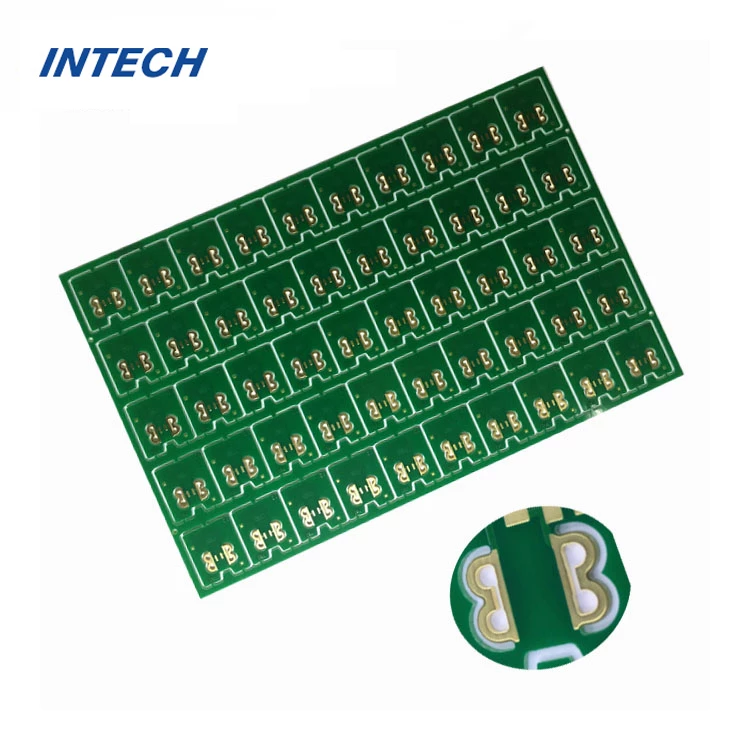What material is used for rigid PCB?
Date:2023-07-05 17:17:06
Introduction:
Rigid Printed Circuit Boards (PCBs) are essential components used in various electronic devices. They provide the structural foundation and electrical connections for the circuitry. The selection of materials used in rigid PCBs significantly impacts the overall performance, reliability, and manufacturing cost of electronic products. This article will dive into the different materials commonly used for rigid PCBs, their properties, and their suitability for specific applications.

1. FR-4
FR-4 is the most widely used material in rigid PCB manufacturing. It is a composite material comprising epoxy resin reinforced with woven fiberglass. FR-4 offers excellent electrical insulation, mechanical strength, and dimensional stability. It is cost-effective, has good thermal resistance, and can withstand high temperatures. FR-4 is suitable for a wide range of applications across various industries, including consumer electronics, automotive, and telecommunications.
2. CEM-1
CEM-1 is a lower-cost alternative to FR-4. It consists of a paper-based composite with phenolic resin. CEM-1 PCBs have lower mechanical strength and thermal resistance compared to FR-4, making them less suitable for high-temperature applications. However, CEM-1 is commonly used in applications where cost is a significant consideration, such as low-end consumer electronics and household devices.
3. Metal Core
Metal Core PCBs (MCPCBs) have a layer of metal (usually aluminum or copper) as the base material. The metal core provides superior heat dissipation, making MCPCBs ideal for high-power applications that require efficient thermal management. MCPCBs are widely used in LED lighting, power supplies, and automotive electronics.
4. Polyimide (PI)
Polyimide (PI) PCBs are known for their excellent heat resistance, flexibility, and chemical stability. They can withstand high temperatures and harsh environments, making them suitable for aerospace, military, and medical applications. Polyimide PCBs are also used in high-density applications where space is limited.
5. Rogers
Rogers Corporation produces a range of high-performance materials specifically designed for advanced PCB applications. Rogers materials offer a unique combination of low dielectric loss, high-frequency performance, and mechanical stability. They find extensive use in applications such as wireless communication, radar systems, and microwave technology.
Conclusion
The choice of materials for rigid PCBs plays a crucial role in determining the performance and overall quality of electronic devices. Manufacturers must carefully consider factors such as cost, electrical properties, mechanical strength, thermal resistance, and application requirements when selecting the appropriate material. Understanding the characteristics of different materials, such as FR-4, CEM-1, metal core, polyimide, and Rogers, enables manufacturers to develop reliable and efficient PCB solutions for a wide range of industries and applications.
